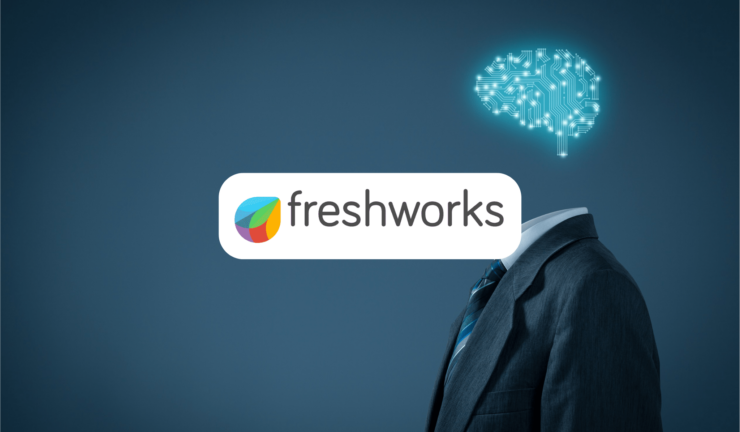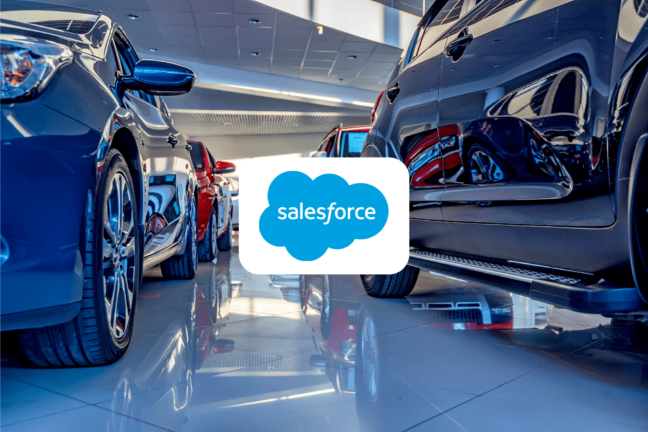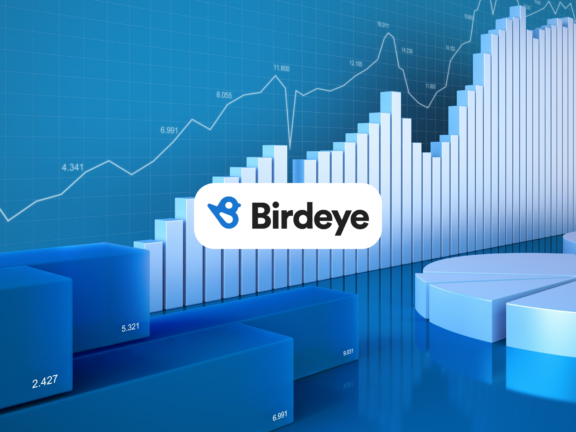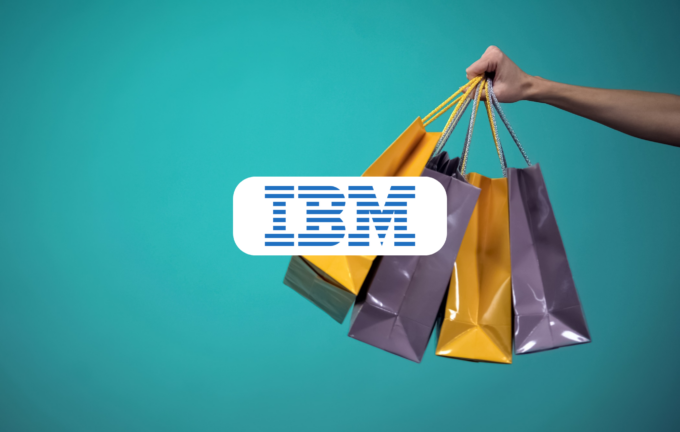What if you could craft personalized email, SMS, web, and mobile campaigns all in one platform? Look no further. As part of its offering, Bloomreach provides multi-puprose AI-backed platform that enables tailored commerce experiences across various channels. What's more, the company offers headless content management and product discovery solution. Basically everything for your e-commerce needs.
Now, we know that trends are constantly changing and expectations are growing. Marketers and marketing executives are the first to experience this. Bloomreach's Chief Product Officer Anirban Bardalaye uncovers the importance of marketing automation and how to turn customer data into actionable results.

Why is personalization so important in shopping experiences?
Businesses have spent many years trying to incorporate personalization into their e-commerce strategies, to varying degrees of success. But today’s consumer has incredibly high expectations. That means businesses can’t be content to just stand up a digital store — they need to stand out from the crowd.
Personalization is how they can prove value, eliminate friction in the buying process, and ultimately, make shopping actually enjoyable for customers. This is an area that every business needs to be prioritizing right now, particularly as generative AI opens up even more opportunities for personalization — beyond what’s even possible today.
What are the top three use cases for marketing automation?
When you step back and consider the role of a marketer at a high level, they’re largely focused on three things: understanding data and KPIs, creating strategies and recommendations based on those insights, and then putting those ideas into action.
Each of those areas align with marketing automation use cases. Using this tech to create a single source of data that generates detailed reports, for example, will allow marketers to quickly understand the complete picture of customer behavior, campaign performance, attribution, and engagement. From there, a marketer might see that certain segments aren’t engaging with specific channels, or that they have higher engagement rates earlier in the day versus later. They’d recognize a need to optimize the journey for these segments, and create a strategy integrating AI-driven automation to achieve that. Which would lead them into action, where in this case they would use AI models to predict the most lucrative channels and optimal send time for the customers in these segments (which sounds difficult but can actually be done without even involving IT). By connecting those models to the customer journey they’ve orchestrated, every campaign now reaches customers at a time they’re most likely to open it, in a channel they’re most likely to convert in.
Marketing trends are constantly evolving. How do you stay updated with the latest industry trends and ensure that your software remains competitive and aligned with the changing needs of e-commerce businesses?
We’re in constant communication with our customers, hearing from them directly about how their businesses and needs are evolving. That allows us to continuously innovate with their input at the forefront. We marry that with the consumer trends we see at large, including what data tells us about how customer shopping habits and preferences are changing.
Ultimately, though, we’ve prioritized building solutions that really are limitless in terms of how businesses can scale and test and try new things as their needs evolve. We believe that the best technology will grow with you, allowing you the flexibility to expand when and where it makes sense for your business.
What is the best way to leverage a customer data engine to see immediate results?
What’s so incredible about our customer data engine is that you really don’t have to do much to see immediate results. It puts real-time data at the heart of every e-commerce experience, and by leveraging that deep customer understanding within any marketing campaign, you’re going to automatically deliver the level of personalization that drives fast business results. One of our customers, Viktac, saw a 9.3% conversion rate lift in the first 11 days with our customer data engine.
Even if you've just implemented our customer engine, there are still plenty of ways to make use of your historical data right away. You can import historical data about previous purchases, email engagement, and more to analyze trends and make predictions for future behavior. This next level of intelligence can be particularly useful for fast growing businesses, often built on platforms like Shopify, who may begin to hit limits with the insights they can glean from their data as their customer base expands and evolves.
For example, with our customer data engine, you could analyze customers’ previous purchases based on recency, frequency, and their monetary value to build valuable customer segments that you can activate in your campaigns immediately. You could even use historical data as a base for algorithms that help you understand who’s likely to purchase again soon and who needs more attention in order to be converted again.
How does the Bloomreach platform ensure that businesses are delivering connected experiences from start to finish?
The key to connected experiences is pretty simple: data at the core, and AI woven throughout. We ensure that the richest possible data — including both customer and product data — is training AI that is woven throughout our solutions. That means the AI driving product recommendations on your e-commerce site is trained on the same data as the AI personalizing the content within your email campaigns. As a result, the customer’s journey blends seamlessly across channels. They have one, cohesive and ongoing experience with your business, making it much easier for them to move along the path to purchase.









